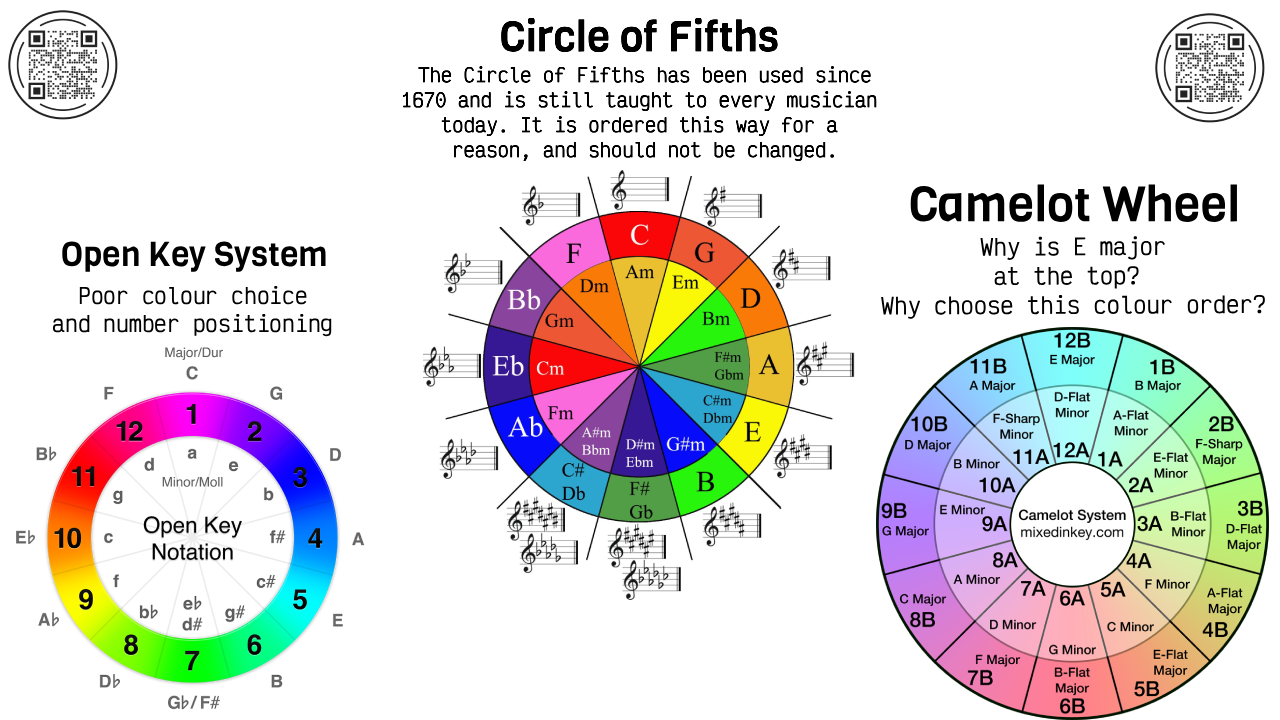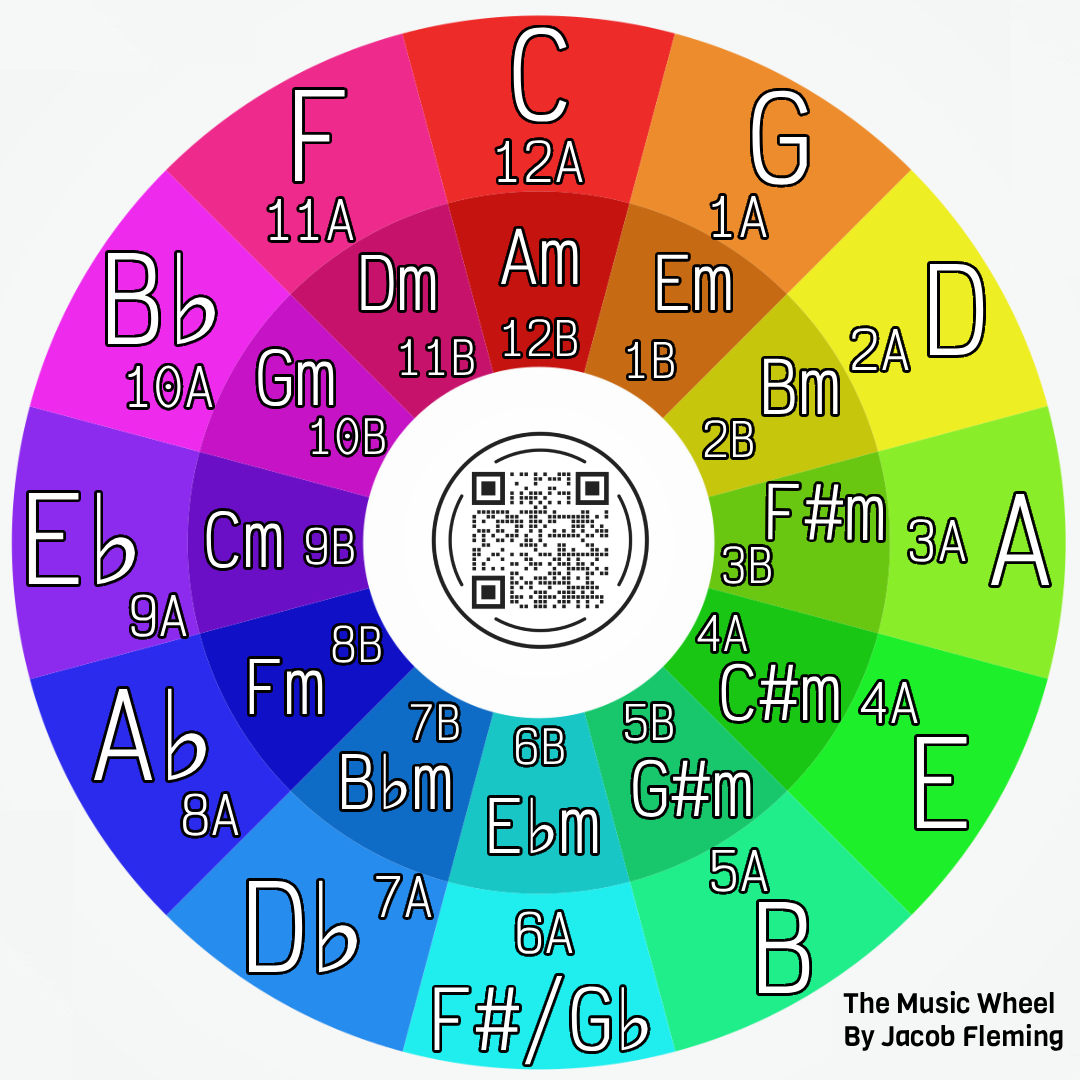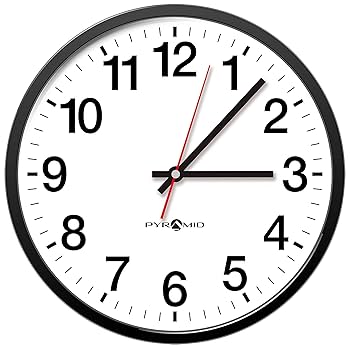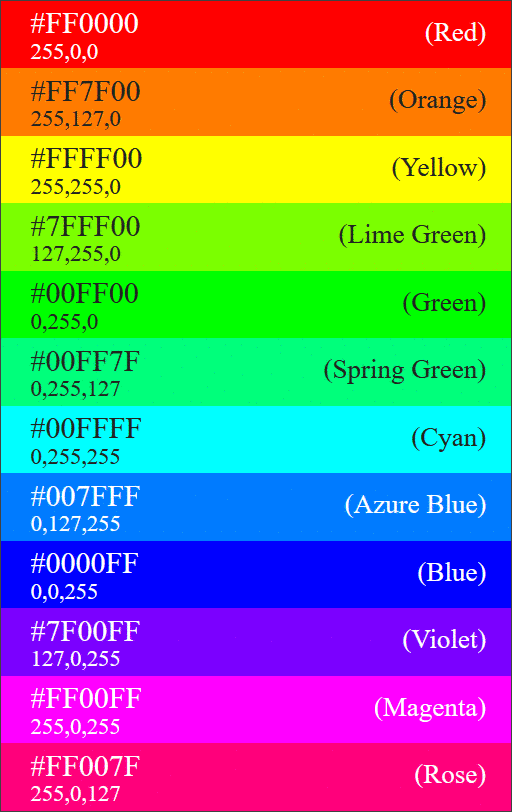The Problem
The Circle of Fifths is the backbone of music theory—it has been around for centuries and forms the foundation of how we understand key relationships. But current DJ systems like the Camelot Wheel have rotated and rebranded it, making music theory and communication unnecessarily confusing for DJs and traditionally trained musicians.
Why was it changed? The Camelot Wheel was developed by Mixed In Key and rotated specifically so it could be copyrighted and included in their software. Since you can't copyright the Circle of Fifths itself, they altered it to make it "unique." The result: a confusing system with random key positions and colour choices that makes learning harder than it needs to be. There is no reason for E major to be at the top of the wheel, creating a new order to memorize..
There is also another, lesser known system called the Open Key Notation System - which also suffers from poor design choices.

The Solution: The Music Wheel

Discovered by Jacob Fleming on 09/10/2025
A unified, open-source system that combines three things everyone already understands:
- The Circle of Fifths - in its traditional orientation with C major at the top.
- A Clock Face - a clocks orientation is easily recognisable.
- A 12-Colour Rainbow - starting with red at 12 o'clock, following the established order of the 12 colour rainbow.


Clear labeling: A for major keys, B for minor keys.
This system is intuitive, easy to remember, and helps DJs learn actual music theory instead of working around a proprietary system. It is designed to be easily translatable.
Things to Consider
"If it ain't broke, don't fix it"
Fair point, but this is broken. A streamlined, open-source approach benefits everyone long-term.
Synesthesia
Some people experience musical tones as having a colour in their own mind. The rainbow is used here simply a reference point that's easy to remember, this chart is not saying that "D major is yellow" - for instance. A traditional 7-colour rainbow (red, orange, yellow, green, blue, indigo, violet), system was also considered for simplicity, but the standardized 12-color rainbow gives each key its own distinct colour, which seems more appropriate.
Why A for major and B for minor?
The traditional Camelot system uses B for major and A for minor, which feels backwards. Major is more primary, so A makes more sense. Also, if there is any confusion around B/♭, the A/B could be swapped for something else, like X/Y. The current version does work well, it also teaches DJs how flats and sharps are communicated.
Apparently, 1 was put at the top of the Open Key Notation system, so when tracks are organized within a DJ software, it is ordered from 1-12
This may be true; however, having uniformity with a clock face is far more important than this issue and should not be compromised. These softwares should find a workaround that doesn't involve changing the core communication foundation of the wheel itself.



